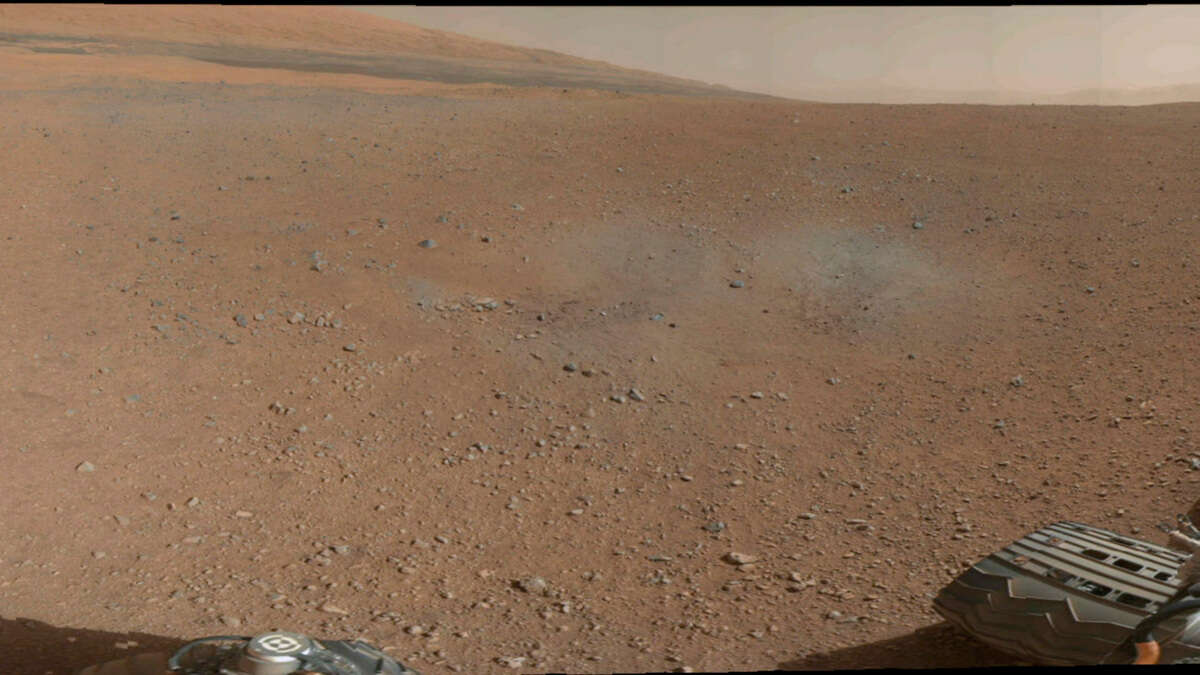Nasa unveiled a striking black-and-white image that rekindled global fascination with the possibility of life on Mars. Captured on July 24, during Curiosity’s 4,609th Martian day, the high-resolution photograph revealed a 2.5-centimeter-wide (1-inch-wide) rock with intricate, branching structures reminiscent of earthly coral reefs.
Nasa geologists emphasized that the rock’s appearance is misleading. Its delicate extensions are fossilized mineral veins, sculpted by wind over billions of years after softer surrounding material eroded. “Wind and sandblasting over eons shaped these rocks into the forms we see now. These ‘coral-like’ shapes are purely the result of prolonged geological processes,” a Nasa spokesperson clarified.
The formation process started when mineral-laden water infiltrated tiny cracks in the rock. As the water evaporated, it left behind solidified mineral veins. Over billions of years, sand-heavy winds stripped away the softer material, exposing the complex, branching network.
“Curiosity has encountered numerous rocks like this, shaped by ancient water and wind over billions of years,” Nasa officials noted. Online reactions were swift, with many claiming the rock as evidence of fossilized life. “This is the fossilized proof of alien life on Mars we’ve been waiting for,” one X user declared. Another wrote, “Coral-like structures and ancient rivers point to real signs of past life. This is a game-changer.”
Since its 2012 landing, following a 566-million-kilometer (352-million-mile) journey, Curiosity has covered 35 kilometers (22 miles) across the 154-kilometer-wide (96-mile-wide) Gale Crater. Its deliberate pace allows the rover to drill, sample, and analyze promising deposits.
NASA has captured an image of a coral-like rock on Mars estimated to be several billion years old. https://t.co/u6hJm5iI7h pic.twitter.com/J3gzAxAUPL
— ABC News (@ABC) August 9, 2025
Early in its mission, Curiosity detected chemical and mineral traces of environments potentially suitable for microbial life, including 3.7-billion-year-old carbon chains. Each discovery, such as a flower-shaped deposit in 2022, deepens our understanding of Mars’ history.
“Curiosity’s ongoing mission is to gather data and samples to uncover more about Mars’ past, particularly when it may have supported microbial life. We’re excited for what’s next,” a Nasa spokesperson stated.
Today, Mars is a frozen wasteland with water mostly trapped as ice, but Curiosity’s images continue to suggest a vibrant, wetter past.
